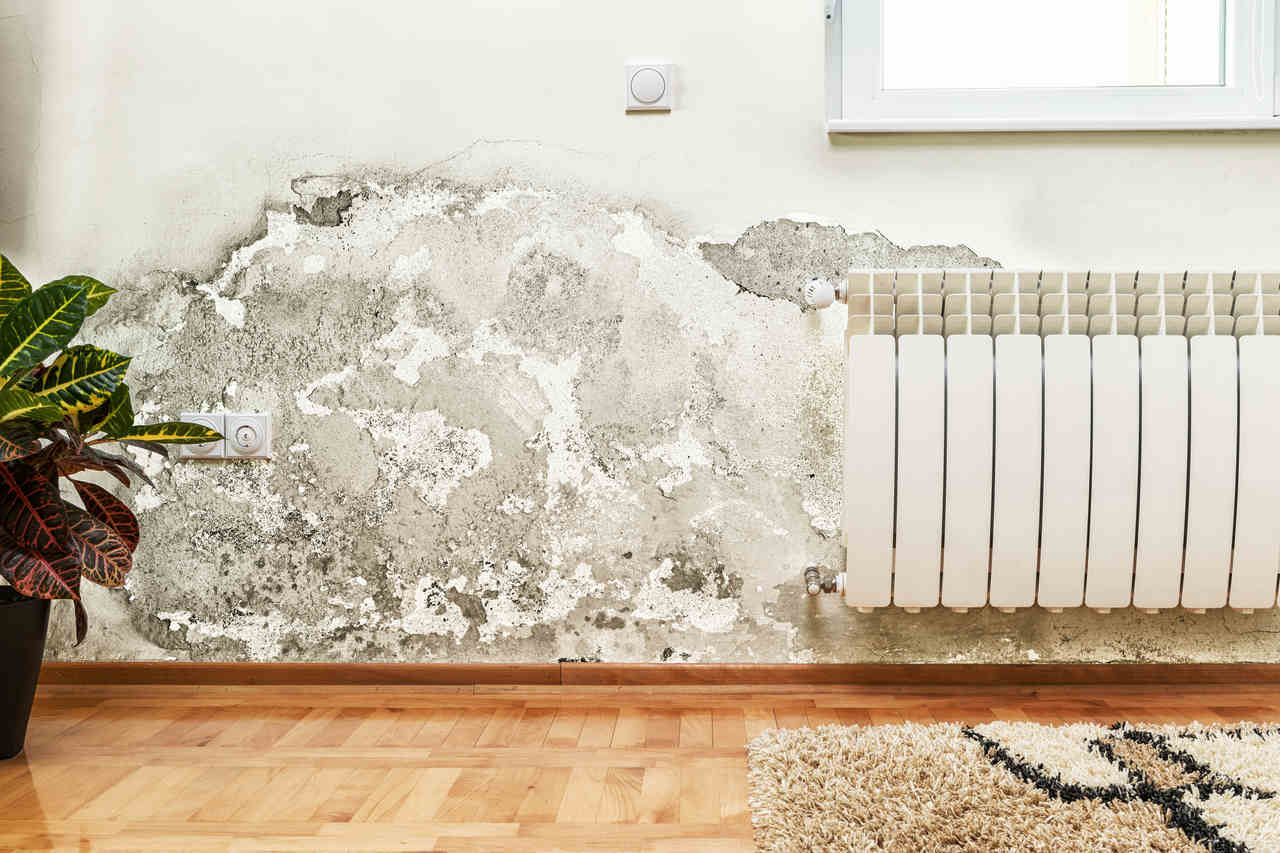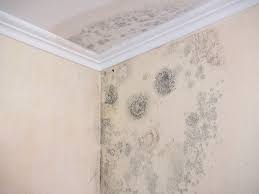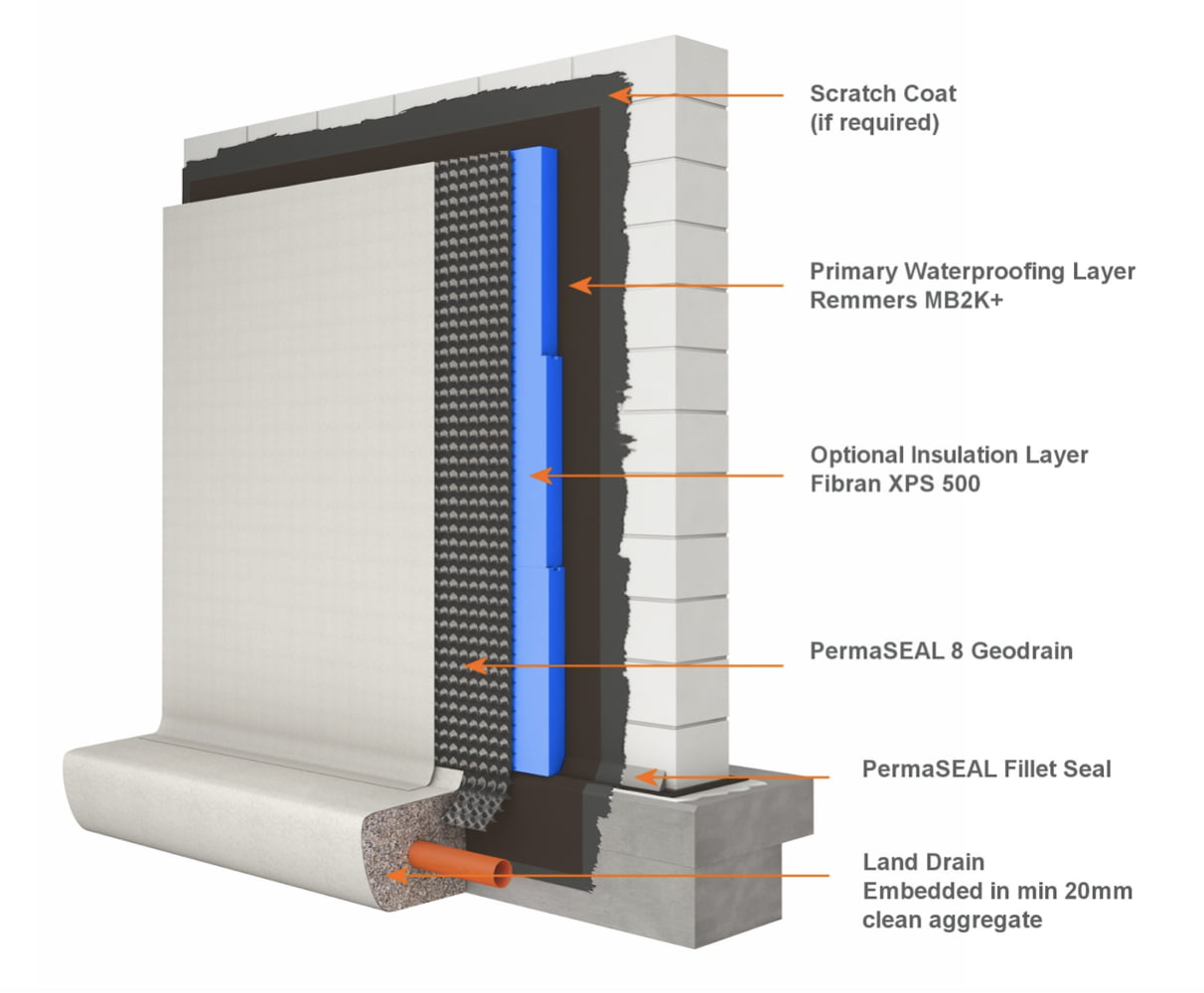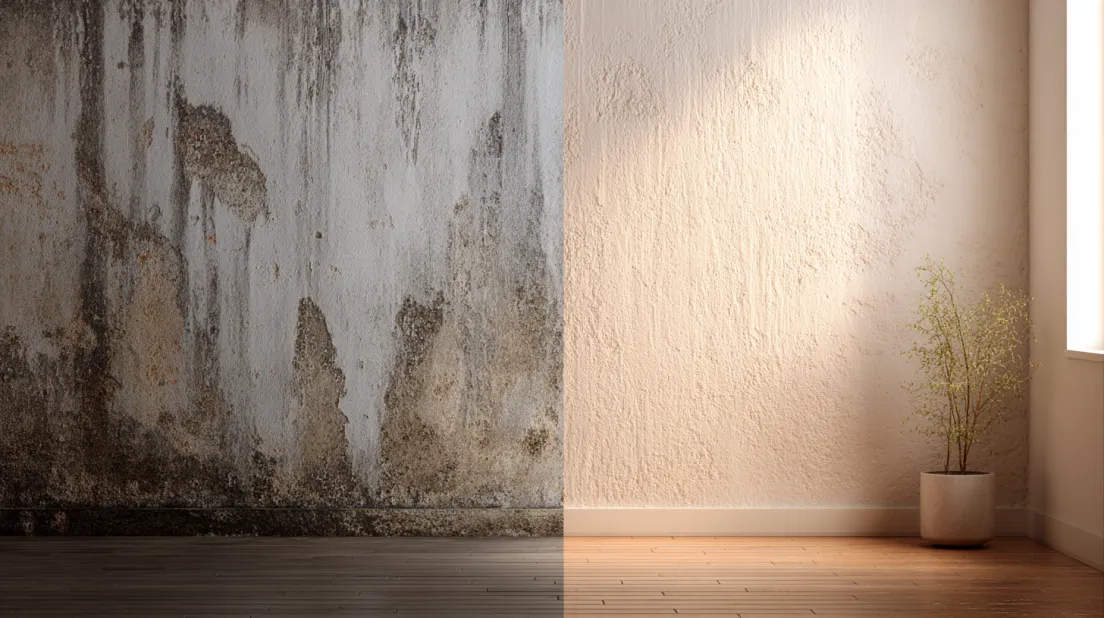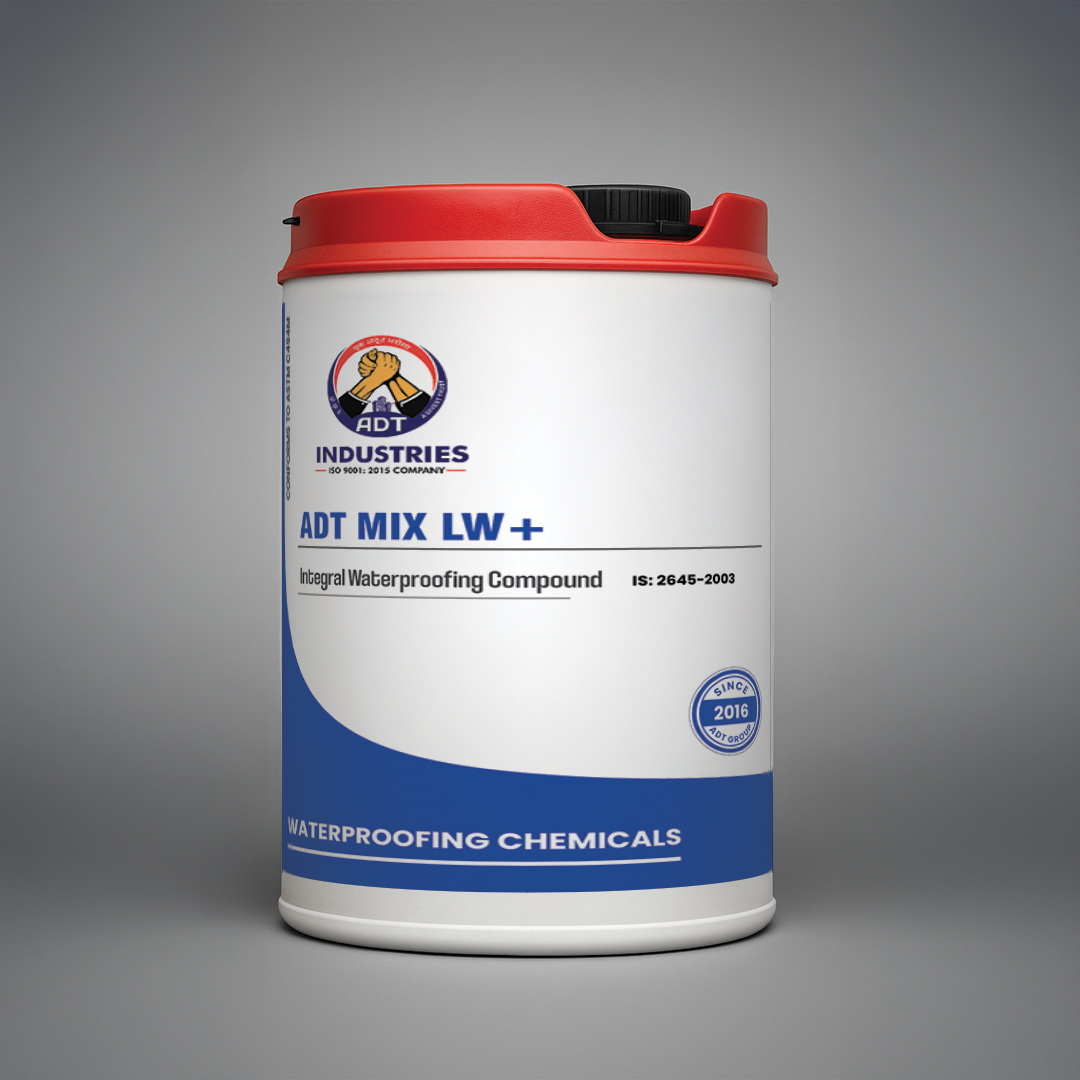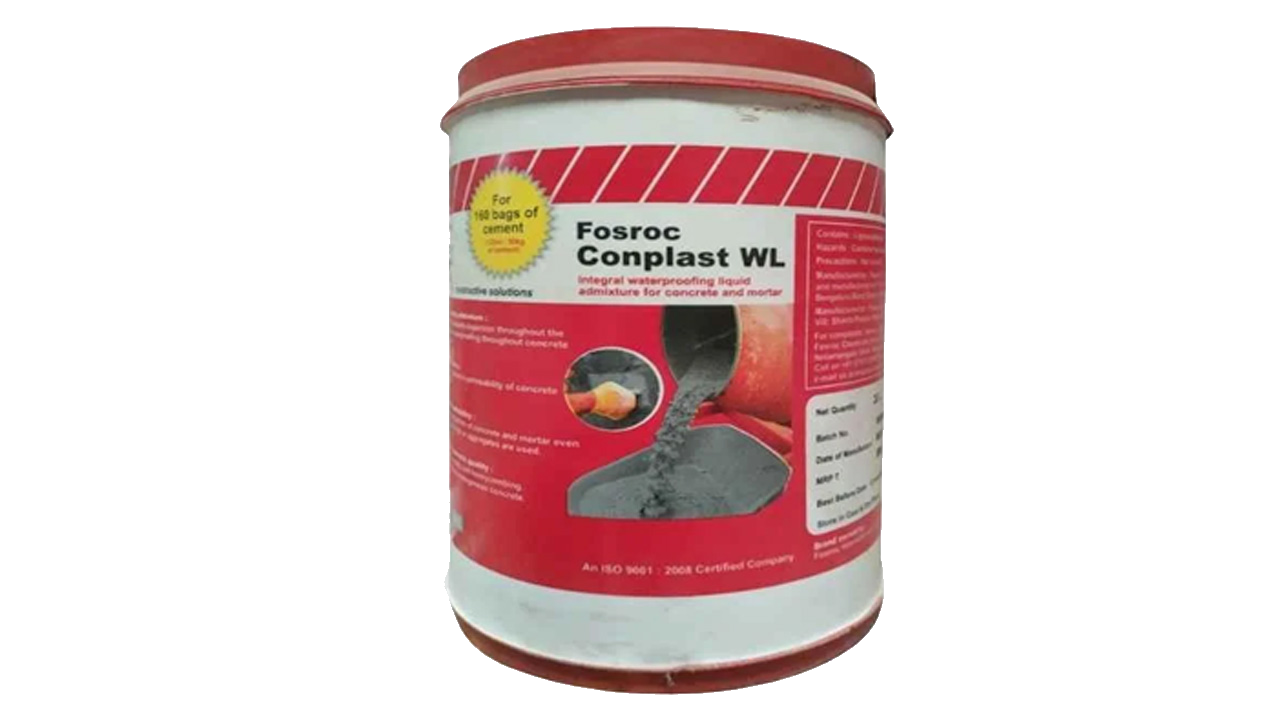1. WHAT IS INTERNAL WALL WATERPROOFING?
- It is the process of applying waterproofing materials to the inner surfaces of walls to
prevent moisture ingress, dampness, and seepage caused by plumbing faults, bathroom
leakage, or external wall seepage.
2. WHAT ARE THE COMMON SIGNS OF INTERNAL WALL DAMPNESS?
- Damp patches, peeling paint, musty odor, salt deposits (efflorescence), bubbling
surfaces, and damage to furniture or electrical fittings.
3. WHY IS PAINTING OVER DAMP WALLS NOT A SOLUTION?
- Because it only hides the symptoms temporarily. The trapped moisture causes long
term damage like fungal growth, wall deterioration, and recurring seepage
4. WHAT ARE THE MAIN CAUSES OF INTERNAL WALL SEEPAGE?
- Leakage from bathrooms or kitchens, faulty plumbing, external wall seepage, and high
indoor humidity levels
5. WHICH PRODUCTS ARE COMMONLY USED FOR INTERNAL WALL WATERPROOFING?
- ADT MIX LW+, Dr. Fixit LW+, and Fosroc Conplast WL are widely used for protecting internal
walls from moisture damage.

